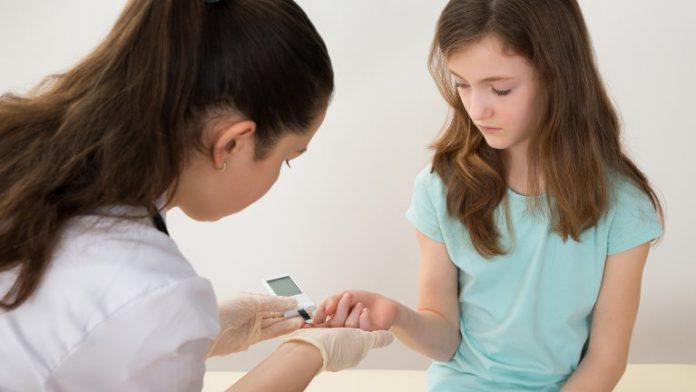A new study has found that one in five adolescents and one in four young adults in the United States have prediabetes.
Prediabetes is a condition in which blood glucose (sugar) levels are increased but not high enough to diagnose type 2 diabetes. The condition was estimated at 24 percent among young adults between the ages of 19 and 34, and 18 percent among teenagers between the ages of 12 and 18.
The study, published Monday in the journal JAMA Pediatrics, found that these numbers have increased in the past 10 years, increasing the risk of developing type 2 diabetes, heart disease, and other medical conditions in young people.
The study authors, who are affiliated with the CDC, said, “Until recently, young children and teens almost never got type 2 diabetes, which is why it used to be called adult-onset diabetes. Now, about one-third of American youth are overweight, a problem closely related to the increase in kids with type 2 diabetes, some as young as 10 years old.”
The authors also found that “the prevalence of prediabetes in male individuals was almost twice that in female individuals.”
The study found that prediabetes was more common among young adults with obesity, which is one of the most common risk factors of type 2 diabetes.
Over a quarter of obese teenagers and more than one-third of obese young adults were found to have prediabetes.
Prediabetes diagnosis was made through a series of tests, including fasting glucose, glucose tolerance, and hemoglobin A1c (HbA1c).
The researchers also found that those with prediabetes had high systolic blood pressure, high LDL (bad) cholesterol, more abdominal fat, and lower insulin sensitivity.
According to the CDC, approximately one-third (84 million) of adults in the United States have prediabetes, and 9 in 10 people are not aware of the fact that they have the condition.
The authors said, “The findings highlight the need for primary and secondary prevention efforts tailored to the young segment of the US population.” Meanwhile, the CDC says changing your lifestyle by eating a healthy diet and exercising can “prevent or delay type 2 diabetes and other serious health problems.”























